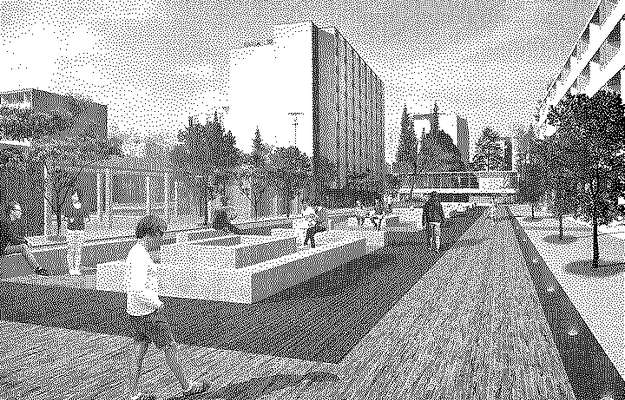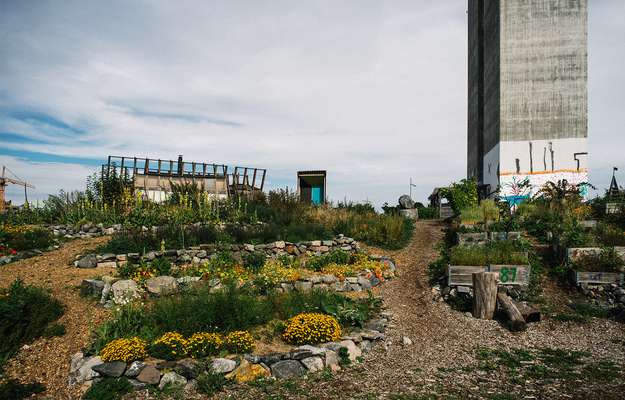This Machine Builds Nations
In 2017, the Slovenian artist Jasmina Cibic’s performance, installation and film project Spielraum was one of the selected projects for the Future Architecture platform Open Call. What is particularly fascinating about her work is how she makes architecture an integral part of it: as ideas in concrete form, as an instrument of power structures, and as a spatial representation of nationalism and oppression.
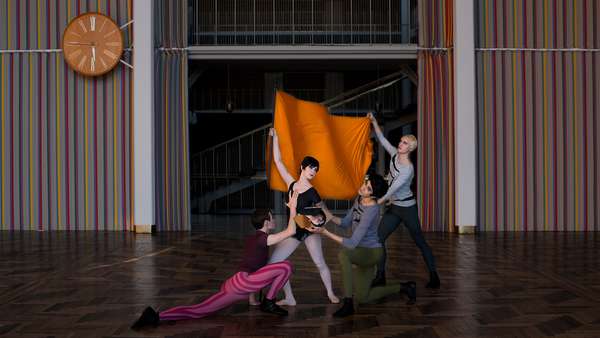
“…were anyone in the Soviet Union of the 1930s to say openly that the vision of the Socialist New Man was an ideological monster squashing actual people, they would have been immediately arrested - it was, however, allowed, encouraged even, to make this point via architectural design.” – Slavoj Žižek [1]
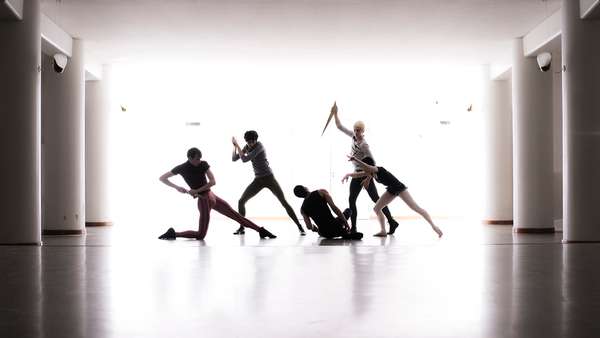
Cibic’s new work of extraordinary scope entitled This Machine Builds Nations was shown at the BALTIC Gateshead, UK from February to May 2018. What is particularly fascinating about her work is how she makes architecture an integral part of it: as ideas in concrete form, as an instrument of power structures, and as a spatial representation of nationalism and oppression.
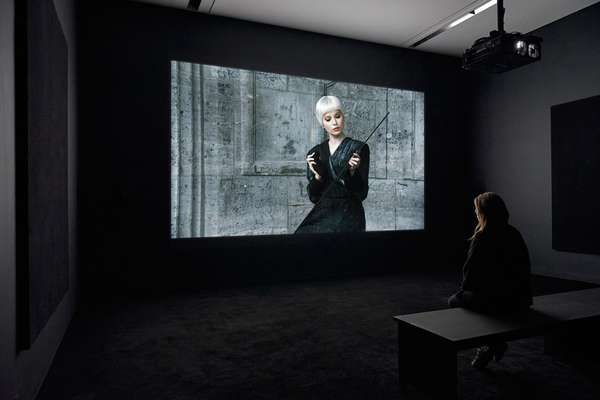
Central to This Machine Builds Nations are three films (Nada: Act I, Nada: Act II and Nada: Act III), which grew out of the Spielraum piece. Nada is the Croatian word for “hope”. Each film is an investigation of a “specific modernist star architect”, explains Cibic, “and their roles within the constructions of soft power”. The starting point for Act I is Vjenceslav Richter’s unrealised design for the Yugoslav Pavilion at the Brussels World Exhibition in 1958; Act II takes place in Arne Jacobsen’s Aarhus City Hall (1937-1942); and Act III addresses Mies van der Rohe’s Krefeld architecture of the 1920s.

Soft power, she goes on to explain in a video interview with BALTIC, is nothing new, but with modernism, she claims, it the first time that politicians came to recognise the value of what building design could represent.
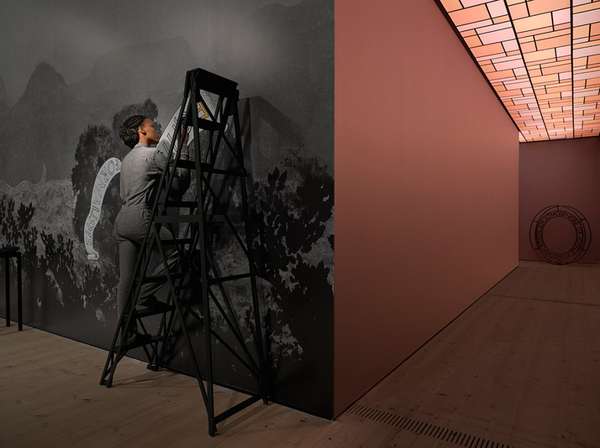
Nada I (shown here) deals with architectural censorship using the example of Vjenceslav Richter’s design for the 1958 Yugoslav Pavilion. His original design featured a giant central pillar which was “censored” (i.e. he was told to remove it), says Cibic. This led her to look at and think about other forms of artistic and architectural censorship and the ways in which the artists and architects responded.
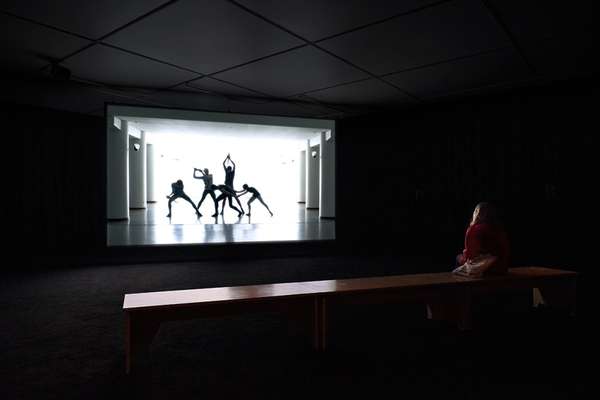
Cibic’s This Machine Builds Nations is not just about censorship however. She incorporates a complex combination of issues ranging from politics and censorship to power and gender, theatre and identification. And she creates large, complex, immersive environments within which she embeds her films, spaces, territories and in which the viewer feels the weight of the expression of power by design.
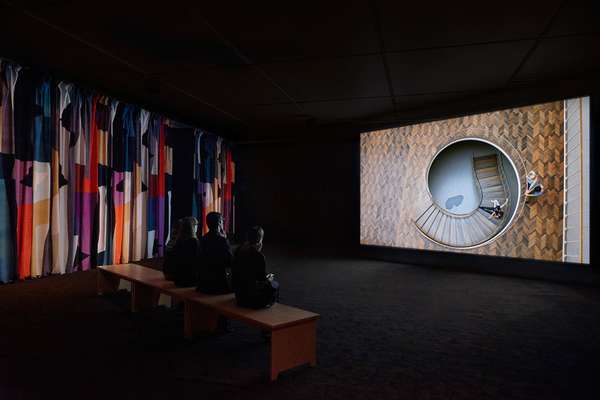
This Machine Builds Nations will be exhibited in its entirety at the DHC/ARTfoundation, Montréal, Canada in October 2018 and Nada Act II will be shown at the Belgrade Biennial in September 2018, curated by Danielle and Gunnar Kvaran.
-
1
Slavoj Žižek, Design as an Ideological State Apparatus, pub. International Council of Design, November 13, 2006, from http://www.ico-d.org/connect/features/post/236.php (accessed: June 15, 2018)
Read more about spatial territories and power in: Archifutures Vol. 4: Thresholds
Or buy a copy here.

